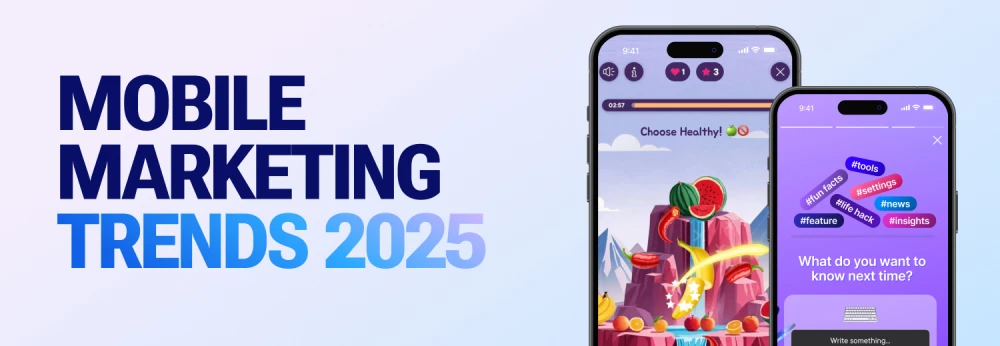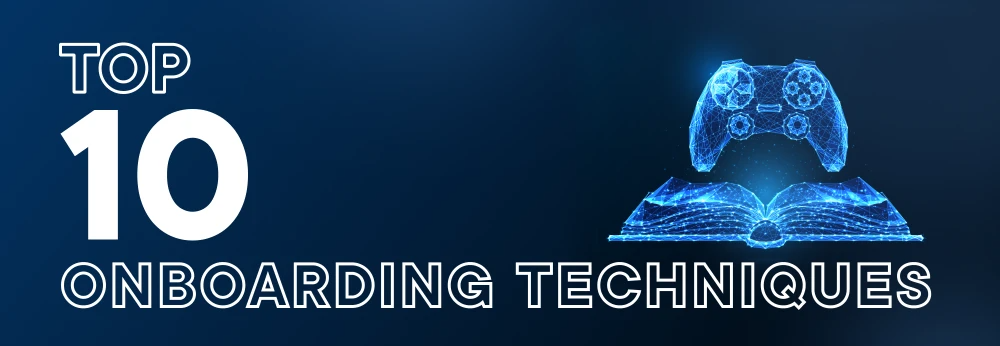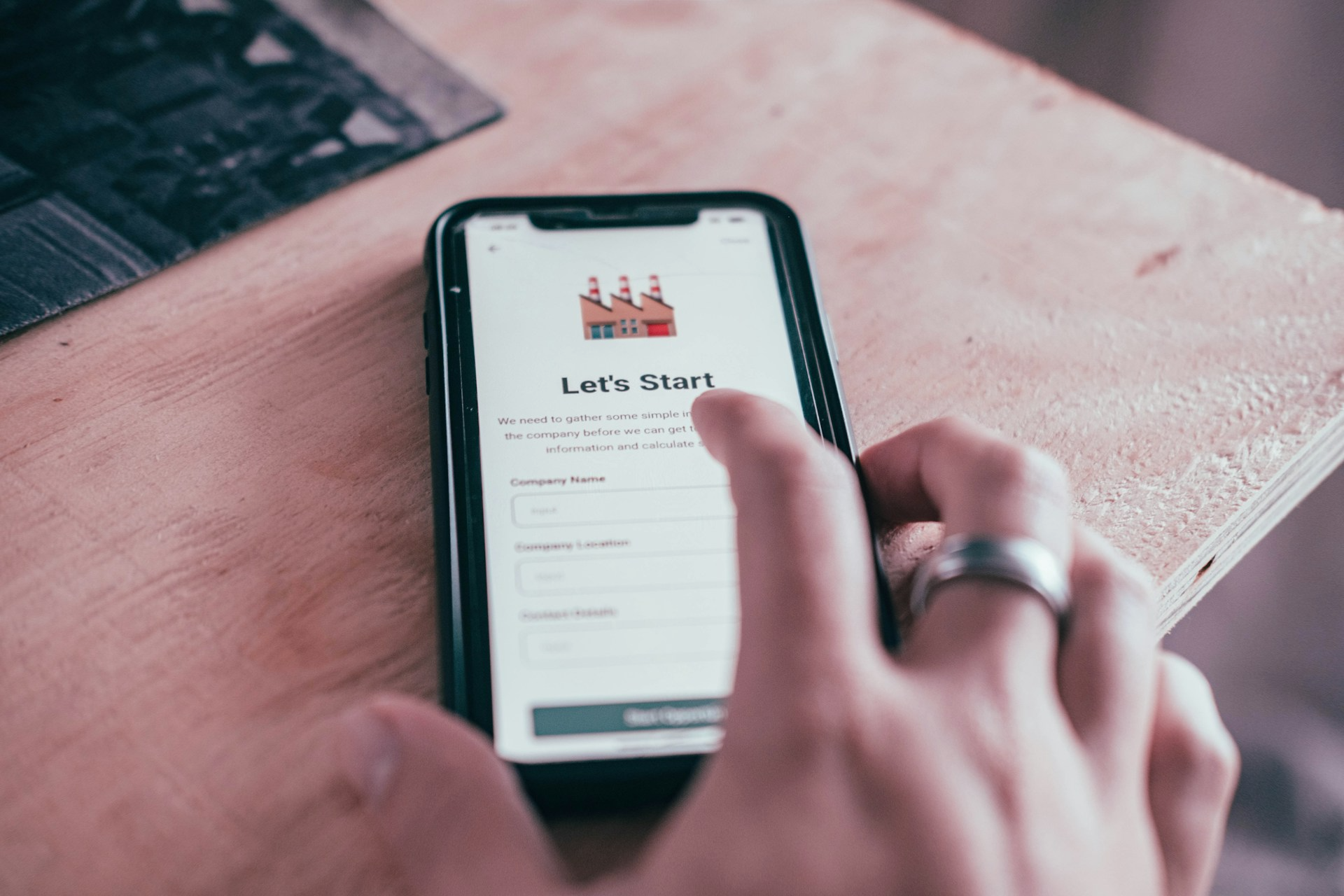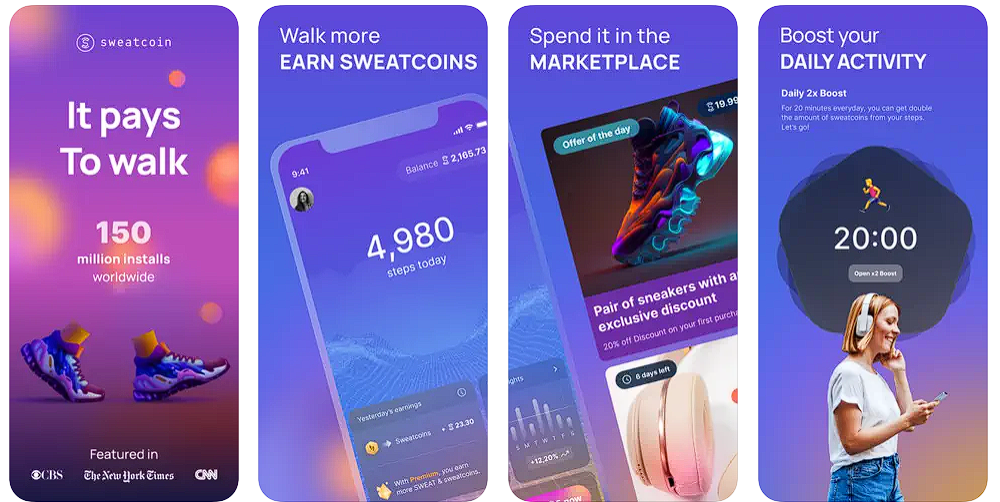
Mobile Marketing Trends in 2025
Want to know what’s next in mobile marketing? Check out the trends in 2025 that are set to disrupt the industry and how to leverage them for success.
.webp?2025-12-17T15:00:29.367Z)
Spotify Wrapped ideas make stats lovable

Mark Polskii
Author @ InAppStory
The first impression is everything, and that's especially true for mobile apps. In today's competitive app market, keeping users engaged from the moment they download your app is crucial. Here's the challenge: a staggering number of users abandon apps within the first few days. This phenomenon, known as user churn, can cripple your app's growth.
But there's a solution! Gamification, the art of incorporating game-like elements into non-game contexts, can revolutionize your mobile user onboarding process. By making onboarding fun, engaging, and rewarding, gamification can significantly improve user retention and ensure your app thrives in the long run. This article explores the top 10 gamification techniques you can use to transform your mobile user onboarding experience.

Gamification isn't about turning your app into a full-fledged game. Instead, it's about strategically incorporating elements commonly found in games to make your onboarding process more engaging and motivating. This can include things like points, badges, progress bars, and even leaderboards.
So, why does gamification work so well for mobile user onboarding? It all boils down to psychology. Humans are wired to seek rewards, crave a sense of achievement, and enjoy friendly competition. Gamification taps into these innate desires, transforming what could be a dry and tedious onboarding process into a fun and interactive experience.
Here's a closer look at how gamification benefits user onboarding:
Imagine yourself climbing a mountain. As you ascend, markers along the trail show your progress and motivate you to keep going. Progress bars and levels function similarly in mobile onboarding. They provide users with a clear visual representation of how far they've come in the onboarding journey and how much closer they are to unlocking the app's full potential. This visual feedback keeps users engaged and incentivizes them to complete all the onboarding steps.
Here are some ways to implement progress bars and levels effectively:
Who doesn't love a little recognition for their achievements? Points and badges are powerful motivators in the world of games, and they can be just as effective in mobile onboarding. By awarding points and badges for completing onboarding tasks, you acknowledge user effort and make them feel valued. This system creates a positive reinforcement loop, encouraging users to continue exploring the app and discovering its functionalities.
Here's how to leverage points and badges strategically:
Traditional text-heavy tutorials can feel like a chore. Gamification can transform these tutorials into interactive challenges that are both informative and engaging. Here are some ideas:
Who doesn't love a good challenge? Gamification allows you to incorporate mini-goals and quests within the onboarding process. These challenges provide users with a sense of purpose and accomplishment, keeping them motivated to explore the app's features.
Here are some ways to implement challenges and quests effectively:
People connect with things they can personalize. Gamification allows you to introduce avatars or user profiles that users can customize. This could involve choosing avatars, customizing backgrounds, or unlocking new features for their profiles.
Here's how personalization can enhance mobile onboarding:
A little friendly competition can go a long way in boosting engagement. Leaderboards allow users to compare their progress with others, fostering a sense of healthy competition. This technique can be particularly effective for apps that involve social interaction or fitness tracking. However, it's important to use leaderboards strategically. Here are some things to consider:
While leaderboards can be a powerful tool, they should be implemented thoughtfully to avoid discouraging new users.
People are naturally drawn to stories. Gamification allows you to frame the onboarding process as a narrative or an adventure. By weaving a storyline into the onboarding flow, you can capture users' attention and make them invested in the journey. Here are some ways to implement storytelling in onboarding:
The goal of gamification isn't just to get users through onboarding; it's to keep them engaged in the long run. Bonus points and streaks are excellent tools for achieving this.
Easter eggs and hidden features are like little treasures waiting to be discovered within your app. They add a playful element to the user experience and create a sense of discovery.
Easter eggs and hidden features inject a dose of fun and surprise into the user experience, fostering a sense of connection with the app.
Gamification thrives on positive reinforcement. Feedback loops and progress reports are crucial for acknowledging user progress and keeping them motivated.

Here are a few examples of mobile apps that have effectively used gamification techniques in their onboarding process:
In today's competitive mobile app market, a well-designed onboarding process is essential for user acquisition and retention. Gamification offers a powerful set of tools to transform your onboarding experience from a chore into a fun and engaging adventure. By incorporating elements like progress bars, points, badges, and challenges, you can motivate users, improve knowledge retention, and foster a positive first impression. Remember, the key is to tailor your gamification strategy to your specific app and audience.
Don't be afraid to experiment and have fun! By implementing these gamification techniques, you can create a mobile user onboarding experience—or an effective gamification learning platform—that sets the stage for long-term user engagement and app success.

Read also